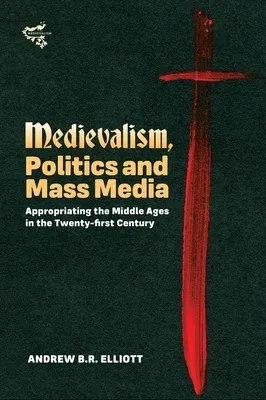An exploration of how the Middle Ages are manipulated ideologically in
today's communication.
In 2001, George Bush provoked global uproar by describing the nascent
War on Terror as a "Crusade". His comments, however, were welcomed by
Al-Qaeda, who had long been describing Western powers in precisely the
same terms, as modern Crusaders once again invading the Middle East. Ten
years later in 2011, Anders Behring Breivik launched a tragic attack in
Norway, killing 77 unarmed civilians, mostly teenagers. Breivik saw
himself as a Templar Knight, a member of a group of knights allegedly
resurrected in London in 2002 by one "Lionheart". Later investigations
suggested that the blogger, Lionheart, might have had links to the
right-wing, anti-Muslim, English Defence League and otherso-called
"counterjihad" blogging networks decrying an Islamic invasion of
Europe.
Though extreme examples, these cases all share a crucial detail: the
framing of current political issues in terms of recognisable medieval
precedents. In the widespread use of medievalism across social- and
mass-media channels, it is clear that such political medievalisms are
not intended as a specific reference to a historical precedent, but as a
use of the past for modern concerns. The argument of this book is that
we need new ways of analysing this kind of medievalism; extending far
beyond the concept of anachronism or inaccuracy, references to Crusades,
Templars and Vikings affect the way weunderstand our world. Using
theories of communicationand media studies to examine popular
medievalism, the author investigates what effect such medieval
terminology can have on a mass-mediated audience and on the
understanding ofthe Middle Ages in general.

